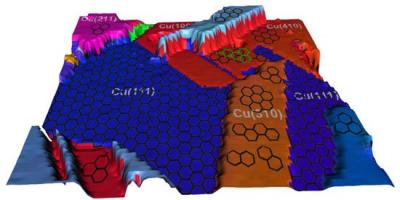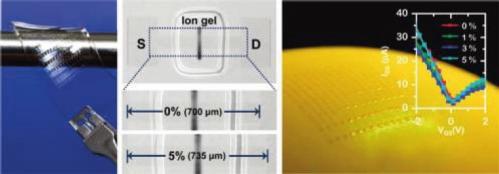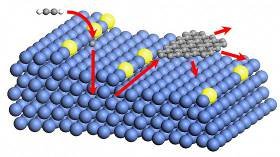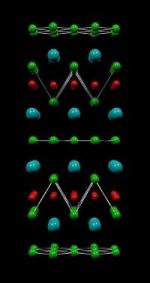XG Sciences signs a $4 million license and product agreement with Cabot Corporation
 XG Sciences announced that it has signed a license agreement with Cabot Corporation. XG Sciences will provide Cabot with non-exclusive rights to XG Sciences’ low-cost graphene Nanoplatelets production technology. XG Sciences will also agrees to sell a certain amount of products to Cabot on a long-term basis.
XG Sciences announced that it has signed a license agreement with Cabot Corporation. XG Sciences will provide Cabot with non-exclusive rights to XG Sciences’ low-cost graphene Nanoplatelets production technology. XG Sciences will also agrees to sell a certain amount of products to Cabot on a long-term basis.
XG Sciences says that this is a $4 million agreement - I do not know whether this includes the product sales or just the license agreement.





